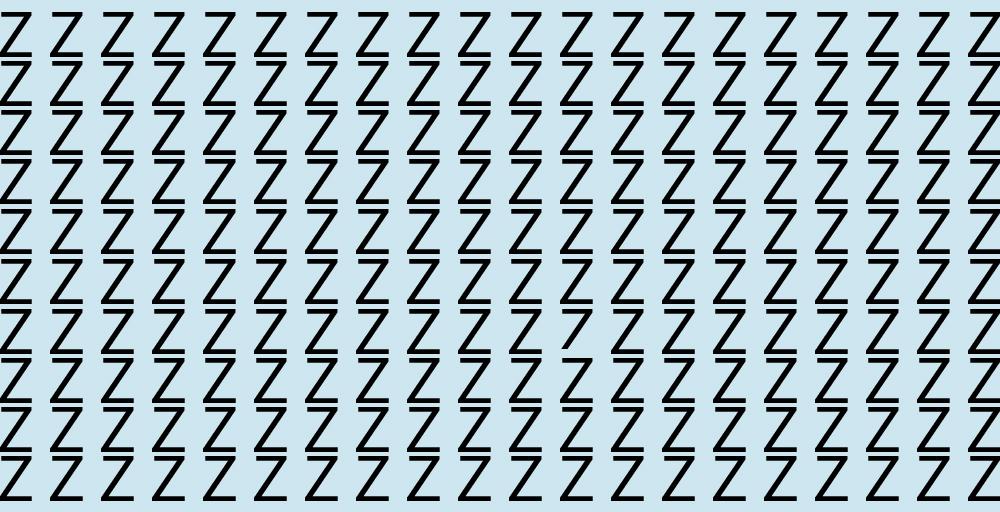It’s not just military pilots and watchmakers who need to take good care of their eyesight; keen observation skills are useful to those who drive for a living or spend all day writing on a computer—as well as those in other professions.
Here is a fun game to sharpen up your powers of observation, while taking a short break from your daily grind at the same time—but not while you’re driving, of course.





